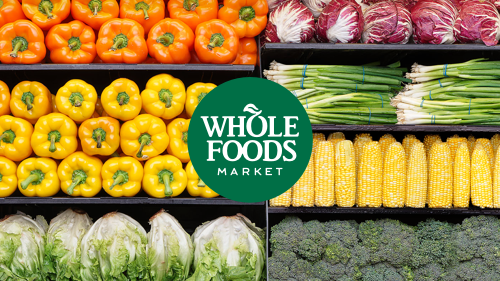What has possibly been the worst-kept secret in the tri-cities can now be confirmed: Whole Foods will be moving into the historic Blue Goose space in downtown St. Charles.
According to Blue Goose owner Paul Lencioni, a group representing Whole Foods closed on the property today.
“I am so excited that Whole Foods is coming to St. Charles in the former Blue Goose Market location,” commented Lora Vitek. “Not only is filling the space with a premium grocer a need in our downtown, it is the number one request we have heard from the community since the Blue Goose closed.
“St. Charles continues to be a place where people and businesses want to be. We have commercial, retail, and residential development happening all over the city. I look forward to seeing this project get underway and am so happy to welcome Whole Foods to St. Charles.”
Whole Foods, a subsidiary of Amazon, bills itself as “the world’s leader in natural and organic foods, with 500+ stores in North America and the UK.” From its humble beginnings in Austin, Texas in 1980, the chain has successfully tapped into the changing food tastes and shopping habits of younger, more affluent Americans nationwide – a key demographic that Blue Goose struggled to capture.
Ever since the August, 2002, closing of the iconic grocery story – after 94 years in business – speculation has run rampant as to what would replace it. City officials have frequently expressed a desire for another grocery store at the location, citing the need for a robust market in downtown St. Charles and the changing demographics of the area.
Lencioni’s great grandmother Annunciata — known as Nancy — opened the Blue Goose Fruit Store in the 200 block of St. Charles’ West Main St. in 1928. It survived the Great Depression and food rationing in World War II, expanding to include a meat market in 1946.
In 1995 it undertook at $2.3 million renovation project, which included adding a bakery.
The store struggled in recent years, however, likely due to changing demographics and technological change. The crucial demo of younger shoppers remained elusive due to stiffer competition and changing shopping habits, leading to its demise in 2022.









